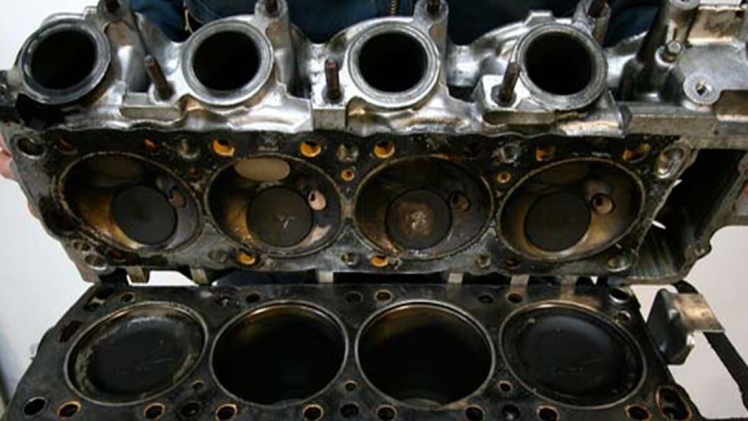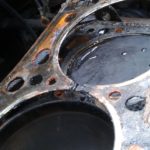The head gasket assumes a fundamental part in an engine’s burning cycle. The head gasket seals in the inner ignition measure and furthermore shields coolant and oil from combining as the two liquids travel from the engine square to the cylinder head. It is a seal situated between the engine square and cylinder head get together. When this crucial part turns defective, then need to changes vital Cylinder Head Studs parts like LMM head studs that are of great importance for the engine’s longevity.
Indeed, if you suspect your truck engine’s cooling and/or lubrication will no longer function properly, you should make an appointment in the vehicles’ garage immediately. Then you could buy cylinder head studs parts from online platform according to the instruction. Although the prices are relatively high, serious engine damage can result if you do not act quickly. This drives up the follow-up costs even more.
However, before going to the garage of the vehicles, some elementary work can reduce your tuck engine head gasket turns faulty. Those vital things are given in the section below.
Daily inspection to prevent oil leak troubles on trucks:
Driving a truck with an engine oil leak is subject to disposal for violating the Road Traffic Act, and if there is an external leak, you will not be able to pass the vehicle inspection and there is a risk of fire. Daily inspections are important to prevent oil leak problems on trucks at an early stage.
Check visually:
In the case of an external leak, the engine oil leaks and collects under the truck to visually notice it. Make sure to check for oil pools before and after driving.
Check the remaining amount with the oil level gauge:
When there is an internal leak that is difficult to check visually, use the “oil level gauge” to measure the remaining amount of engine oil. If it is unnaturally reduced, engine oil may be leaking.
Causes of Failure of Cylinder Head Gasket:
The cylinder head gasket is certifiably not a wearing part, which implies that it should keep going as long as the vehicle itself. Nonetheless, amazingly high temperatures can make the head gasket fizzle. The average purposes behind this are breaking down water siphon and an inadequate thermostat. Other potential reasons for overheating in the engine are too little coolant, some unacceptable cooler sealant, and low-quality radiator fluid.
Moreover, long inactive occasions can influence the toughness of the cylinder head gasket. Erroneously introduced components lead to issues on the contact surfaces of the engine square and cylinder head. A mistaken force when attaching the cylinder head jolts can likewise prompt deformities. On the off chance that you put extra weight on your vehicle through forceful driving, the danger increments.
Replacing the Head gasket or Head Stud:
When assembling the cylinder, it is a rule of thumb to install a base gasket and replace the gasket after each disassembly to prevent oil leakage. If this base gasket sticks, it will be difficult to remove it. In many cases, the stud bolts interfere with the scraper, making it difficult to smoothly remove the gasket. One of the setups for such a situation is to remove all the stud bolts. Without stud bolts, you can use a scraper to remove the gasket smoothly, and it’s easy to polish oil stones.
Besides, Head Stud is often used for the exhaust port of the cylinder head to fix the exhaust flange, and there are many cases where the threads of these stud bolts are damaged by repeated muffler attachment/detachment. For new or good quality Head Stud, there is also a “double nut type” that uses two nuts to tighten each other and loosen the bolts, but the reality is that it is not easy to remove.













